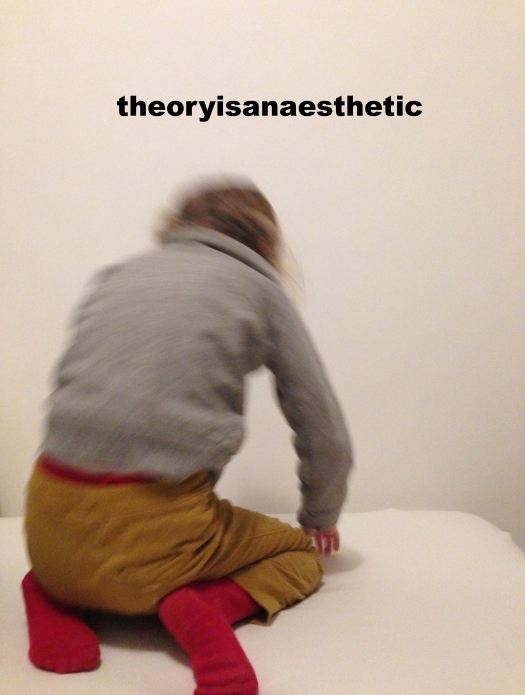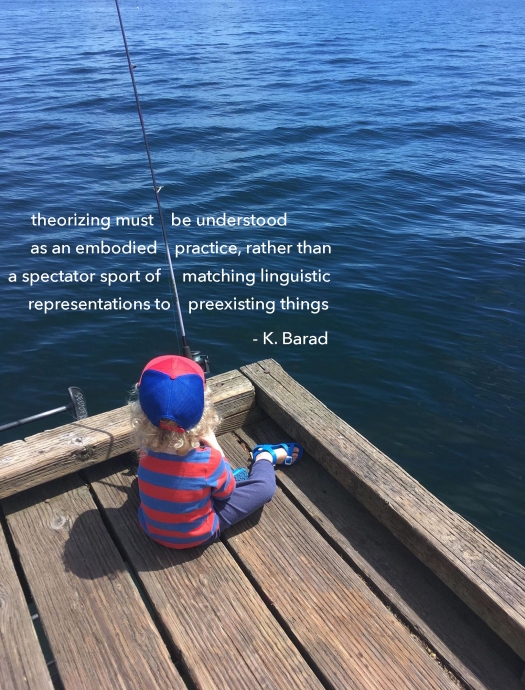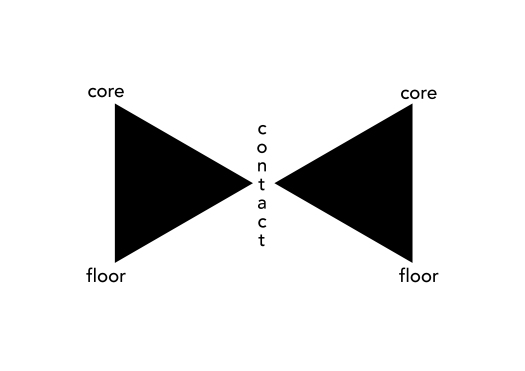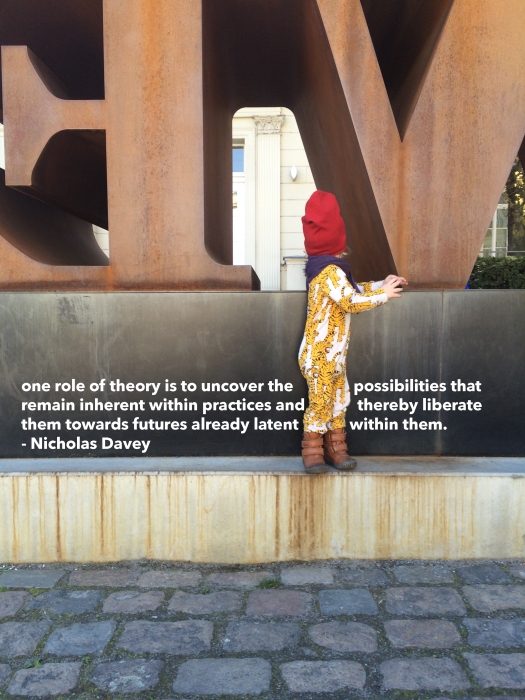
anaesthetic

a spectator sport

core, floor, contact

The distances between elements can vary.
The number of floor contacts per individual can vary.
The number of contact surfaces between individuals can vary.
Foundations

uncover possibilities

Latent Possibilities

A Contradiction
Practice-led researchers are formulating a third species of research, one that stands in alignment with, but separate to, the established quantitative and qualitative research traditions. – p. 22
‘the research methods of the hard sciences are closer to those of research in the arts than the methods and models of the humanities’. – p. 40
The difference, perhaps, is that the mathematical problem also has an answer while an arts practice is not analytic in this way. – p. 63
(all from Practice as Research in the Arts by Robin Nelson 2013)
I would propose that the last quotation contradicts the previous two. In the third, Nelson writes that an arts practice is not analytical and cannot have an answer. Why can’t an arts practice be analytical in the same/similar way? PaR’ers are, after all, creating a third species of research, and the arts are closer to the hard sciences than the humanities.
This third species that Nelson writes about quoting Brad Haseman, if the arts are closer to the hard sciences, could then be an analytical artistic practice.
Some of the Products of some of the Organs
The adrenal glands make adrenaline.
The kidneys make pee.
The liver makes amino acids and glucose.
The pancreas makes glucagon and insulin.
The skin makes vitamin D.
The brain makes thought.
Don’t watch dance, read about it!
Likewise, my analysis of the choreographic compositions will entail an unusual amount of intricate detail in an attempt to unfold, as concretely as possible, the stuff of choreographic problems, which might prove beneficial to readers unfamiliar with the practice of dance.
Bojana Cvejic, pages 3-4, from
Choreographing Problems: Expressive Concepts in European Contemporary Dance and Performance
(and maybe readers who are unfamiliar with dance should go see live performances first, BEFORE they start reading about it.)
